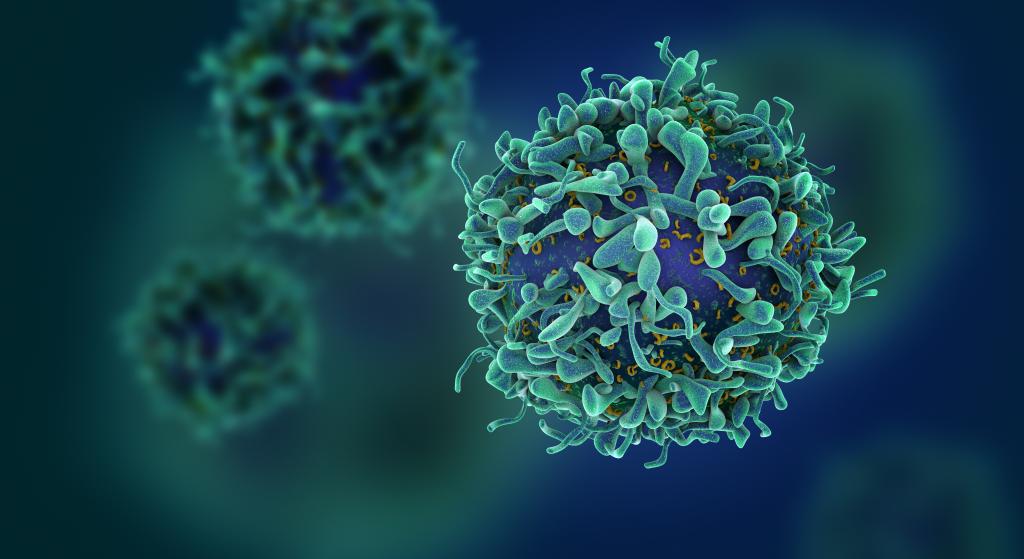Admission CTAs
Copycat red nectar shows promise as a natural colorant and is Mason gecko-approved
Plants that secrete colored nectars are part of an exclusive club. To date, only 70 plants in the world are on that list. The colors lure in pollinators, but more recently they sparked the interest of researchers and industry partners in search of natural colorant options.
Over the past several years, a team of researchers, including from the University of Minnesota and George Mason University, sorted out how plants produce distinctive red nectar and its makeup, and measured how animals react to the nectar in a newly published study in Proceedings of the National Academies of Sciences.
According to Mason Assistant Professor of Biology, Ylenia Chiari, who worked on the project, the integrated team from different fields made the research paper more comprehensive. “The strength of this paper is its ability to address the question from different perspectives and included plant geneticists, plant biochemists, and animal evolutionary biologist experts like our team,” Chiari said.
One such plant that produces colored nectar called Nesocodon mauritianus, is endemic to the island of Mauritius and first caught the eye of Clay Carter, a professor in the College of Biological Sciences, during a tour of the Conservatory & Botanical Collection at the University of Minnesota.
“I first met the plant in May of 2016 and wondered what is behind that red nectar,” says Carter. “When I started the research, I certainly wasn’t expecting to turn heads of multinational companies.”
The research team identified two enzymes never described in plants before. They compared Nesocodon mauritianus with another red nectar plant from the other side of the world. Surprisingly, these two plants both rely on the same compound — researchers named it nesocodin — to produce red nectar and attract their respective pollinators.
“Studying examples like these can tell us a lot about basic rules of adaptation, especially when viewed at the genetic and biochemical level,” said Carter.
The research also has direct applications. According to the U.S. Food and Drug Administration, industry currently relies heavily on non-natural color additives. Red is a notoriously hard color to source for products, from candy to clothing, and beyond.
With knowledge of the biochemical and molecular mechanisms, researchers created a synthetic red nectar. The researchers then sought feedback from Mason College of Science gecko expert, Chiari, and a graduate student in her group, Nick Moreno.
Since day geckos (like the Geico gecko) are a pollinator of Nesocodon mauritianus, the Mason researchers and collaborators on the paper wanted to test if the color of the nectar may function to attract the geckos. They then designed experiments to test the response of day geckos to colored versus non colored synthetic nectar and Chiari and Moreno carried out the experiments using the day geckos housed at George Mason University in Chiari’s Vertebrate Ecology and Evolution Lab. And the geckos clearly showed a preference to it.
The red nectar passed the gecko test. “To attract the gecko, the color is clearly important,” said Chiari.
"Although I didn’t expect this straightforward behavior, as the recordings of the experiments show, they touched the tube with the top of their snouts, they licked the nectar, and they clearly showed a preference to it. They liked it.” said Chiari.
Chiari’s lab continues to work on these questions and involves both undergraduate and graduate students interested in this exciting research.
For years, natural red colorants have been inaccessible for many product formulations because of their chemical properties,” said Adrian Hegeman, University of Minnesota professor and co-author of the study. “Since nesocodin has different properties, it’s poised to work well in conditions where other natural colorants failed in the past.”
The University of Minnesota has applied for a patent for the process for synthesizing nesocodin and associated non-natural derivatives. These findings also set the groundwork for continuing research efforts.
